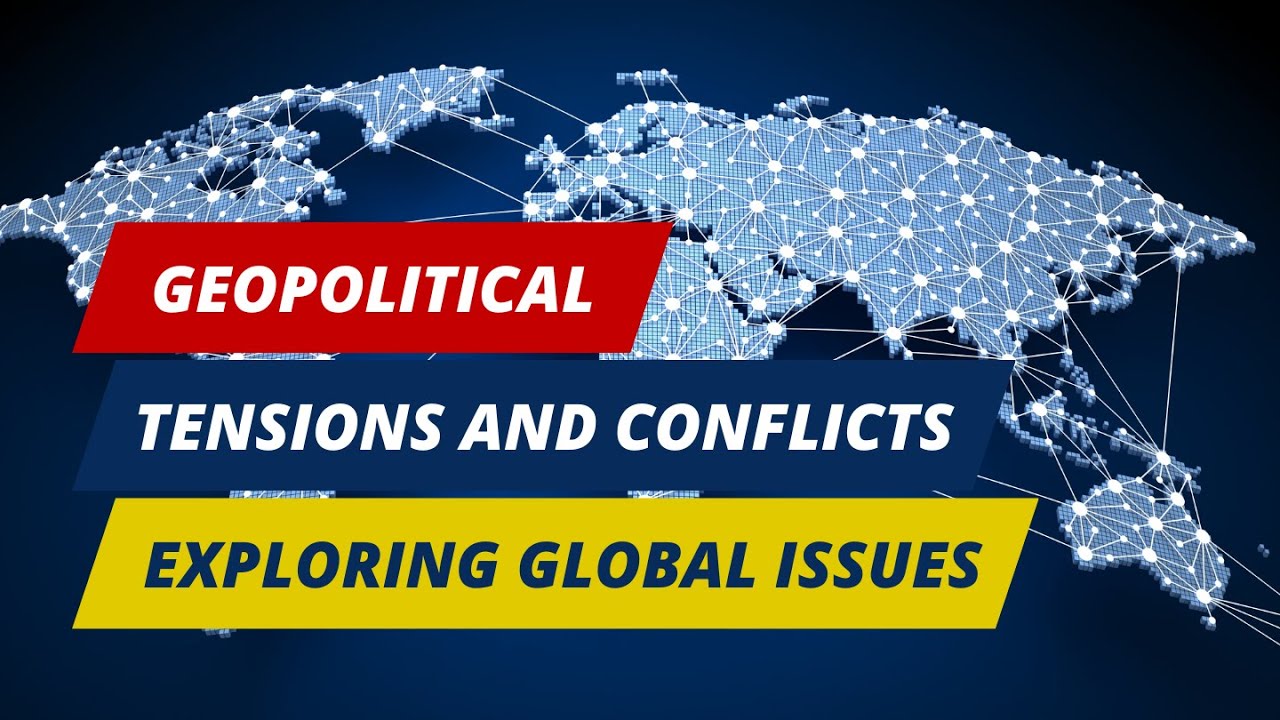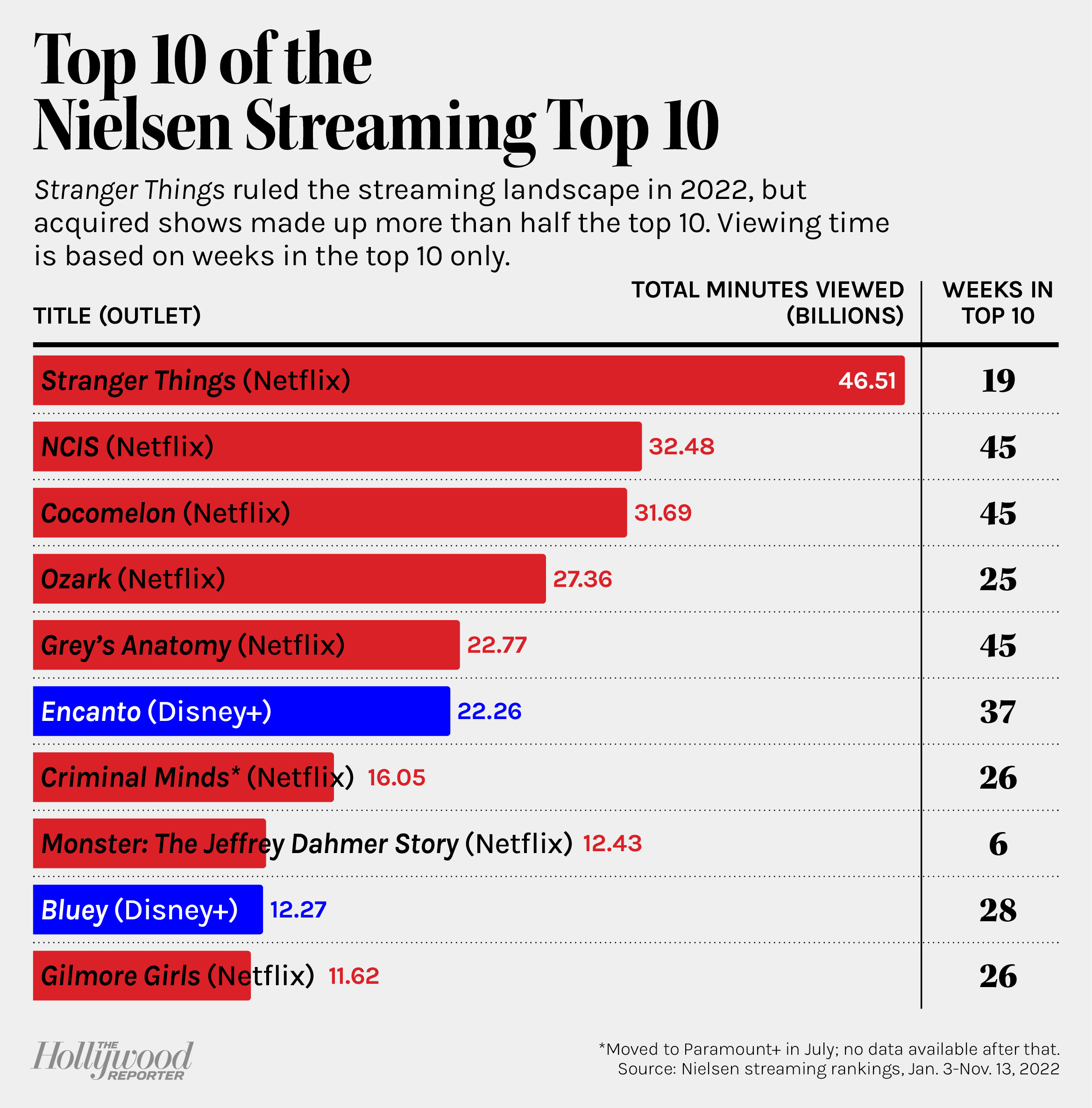A Geopolitical Analysis: Russia's Military And Europe's Concerns

Table of Contents
Assessing Russia's Military Modernization
Russia's ongoing military modernization program represents a substantial shift in the European security landscape. This program encompasses significant upgrades to both its nuclear and conventional forces, fueled by substantial military spending.
Nuclear Arsenal and Deterrence
Russia possesses a substantial nuclear arsenal, a cornerstone of its military doctrine. Modernization efforts focus on enhancing the survivability, accuracy, and overall effectiveness of its nuclear delivery systems. This includes upgrades to its intercontinental ballistic missiles (ICBMs), submarine-launched ballistic missiles (SLBMs), and strategic bombers. The modernization of Russia's nuclear forces directly impacts nuclear deterrence in Europe, potentially altering the balance of power and raising concerns about escalation.
- Modernization of delivery systems: This includes ICBMs like the RS-28 Sarmat and upgrades to existing SLBM systems.
- Strategic nuclear forces: Russia is modernizing its bomber fleet and improving command and control systems.
- Tactical nuclear weapons: Concerns remain about the potential use and modernization of tactical nuclear weapons, impacting battlefield calculations.
Conventional Military Strength
Beyond its nuclear capabilities, Russia boasts a formidable conventional military encompassing a large army, a modernized navy, and a significant air force. Recent conflicts have highlighted both the strengths and weaknesses of its equipment and training. While some equipment is technologically advanced, logistical issues and training deficiencies have also been evident. The ongoing modernization program seeks to address these shortcomings.
- Modernization of tanks: Russia continues to develop and deploy advanced tank models like the T-14 Armata.
- Armored vehicles: Improvements are being made to infantry fighting vehicles and other armored fighting vehicles.
- Fighter jets: The Sukhoi Su-57 stealth fighter represents a significant advancement in Russian air power.
- Naval vessels: Russia is building new frigates, submarines, and other naval assets.
- Cyber warfare capabilities: Russia has significantly invested in cyber warfare, posing a growing threat to European infrastructure and security.
Military Spending and Investment
Russia's military budget, while fluctuating, consistently represents a significant portion of its national spending. This investment focuses primarily on modernizing its armed forces and developing new weapons systems. Comparing this spending to other European nations and NATO members reveals a significant disparity, highlighting Russia's commitment to military expansion.
- Trends in military spending: While figures vary depending on the source, Russia’s military expenditure remains considerable.
- Key areas of investment: Emphasis is placed on nuclear modernization, advanced weaponry, and cyber warfare capabilities.
- Implications for military capability: This sustained investment translates to a demonstrable increase in Russia's military capabilities and projection of power.
Europe's Security Concerns and Responses
The significant increase in Russia's military capabilities, coupled with its assertive foreign policy, has provoked substantial concern across Europe. The Ukraine conflict serves as a stark illustration of these concerns and has fundamentally reshaped the security landscape.
The Ukraine Conflict and its Implications
The 2022 Russian invasion of Ukraine dramatically highlighted the tangible threats posed by Russia's military might. The conflict’s impact extends far beyond Ukraine's borders, influencing geopolitical dynamics throughout Europe. It has led to increased defense spending, heightened energy insecurity, and a major refugee crisis.
- NATO's response: The conflict spurred increased NATO activity, including enhanced military deployments and exercises in Eastern Europe.
- Impact on energy security: Russia's actions have exposed Europe's vulnerability to energy dependence on Russia.
- Refugee crisis: The conflict resulted in a large-scale refugee crisis, placing pressure on European countries.
- European defense spending: The conflict has driven a renewed focus on increasing defense budgets across Europe.
NATO's Role and Collective Defence
NATO has responded decisively to Russia's aggression, adapting its strategy to counter the perceived threat. Collective defense mechanisms are being strengthened, with an increased emphasis on deterrence and reassurance of member states. The alliance's response highlights the importance of collective security in confronting a powerful adversary.
- Increased troop deployments: NATO has increased its military presence in Eastern Europe, bolstering defenses against potential aggression.
- Enhanced military exercises: Joint military exercises have become more frequent and larger in scale.
- Strengthened partnerships: NATO is strengthening its partnerships with countries bordering Russia.
- Deterrence strategies: NATO's deterrence strategy relies on a combination of military strength and diplomatic efforts.
European Union's Security and Defence Policy
The EU is also striving to bolster its security and defense capabilities, though it faces significant challenges in coordinating its diverse member states’ policies. The creation of a more robust and independent European defense is a complex and ongoing process.
- Development of a common security and defence policy: The EU is working to harmonize its security and defense policies.
- Investment in defence technologies: Increased investment is needed to develop crucial defense technologies independently.
- Cooperation with NATO: Close cooperation between the EU and NATO remains essential for effective security cooperation.
Conclusion
This geopolitical analysis highlights the significant challenges posed by Russia's military modernization to European security. The Ukraine conflict has underscored the urgency for Europe to adapt its security strategies, strengthening both NATO and EU responses. The continued modernization of Russia's military, particularly its nuclear arsenal and conventional forces, necessitates a robust and coordinated response from European nations. Understanding the complexities of Russia's military capabilities and Europe's concerns is crucial for informed discussions about security and defence policy. Continue to stay informed about developments in Russia's military and its impact on European security through further research and analysis of the evolving geopolitical landscape. Further exploration of the topic "Russia's military" will provide a more comprehensive understanding of this critical issue.

Featured Posts
-
 Chicago Office Market Crisis The Rise Of Zombie Buildings
Apr 29, 2025
Chicago Office Market Crisis The Rise Of Zombie Buildings
Apr 29, 2025 -
 Open Thread Community February 16 2025
Apr 29, 2025
Open Thread Community February 16 2025
Apr 29, 2025 -
 How Ai Thinks A Look At The Limitations Of Artificial Intelligence
Apr 29, 2025
How Ai Thinks A Look At The Limitations Of Artificial Intelligence
Apr 29, 2025 -
 Experience Willie Nelson And Family Live At Austin City Limits
Apr 29, 2025
Experience Willie Nelson And Family Live At Austin City Limits
Apr 29, 2025 -
 You Tube A New Home For Classic Tv Shows And Older Viewers
Apr 29, 2025
You Tube A New Home For Classic Tv Shows And Older Viewers
Apr 29, 2025
